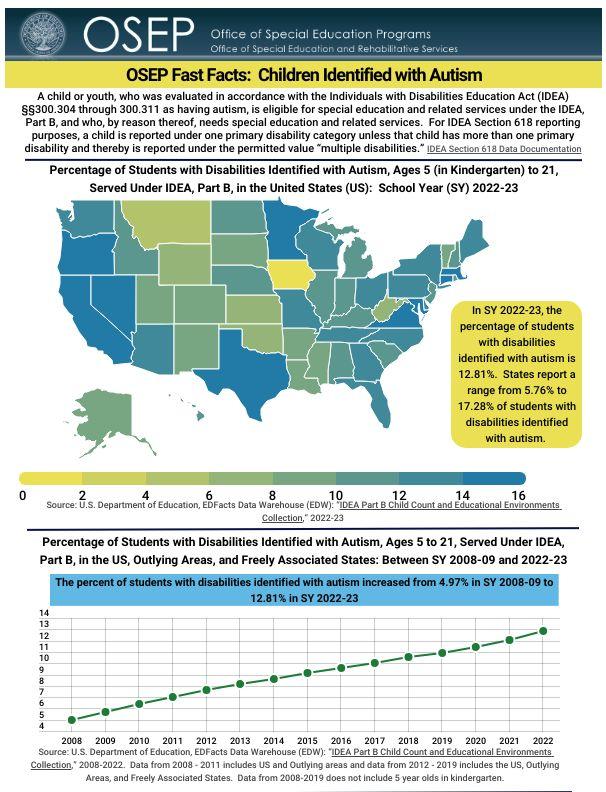Evaluating the U.S. Department of Education: Public Opinion, Funding Impact, and Equity Challenges
Understanding Public Confidence in the U.S. Department of Education
Public attitudes toward the U.S. Department of Education reveal a dynamic mix of cautious optimism and skepticism. While many Americans acknowledge the department’s critical role in shaping educational frameworks, trust levels differ significantly among various groups. Younger adults and parents with children currently in school tend to express greater confidence, reflecting aspirations for meaningful reforms and enhanced support for public education.
Several key elements shape public trust in the department:
- Transparency and accountability in policy-making processes
- Effectiveness in tackling educational disparities and ensuring equitable access
- Adaptability to challenges such as virtual learning demands and fiscal limitations
- The influence of political divisions on education policy directions
| Level of Trust | Percentage of Participants |
|---|---|
| Strong Trust | 32% |
| Moderate Trust | 41% |
| Low Trust | 27% |
This data highlights a nuanced public relationship with the department, where optimism for progressive educational change coexists with wariness fueled by political debates and historical policy results. Maintaining open dialogue and clear communication will be vital to fostering enduring public confidence.
Federal Funding Patterns and Their Influence on Academic Achievement
Recent statistics reveal a complex connection between federal education funding allocations and student performance across states. States that have strategically increased investments in areas like early childhood education and special education services report notable gains in graduation rates and standardized test results over the last five years. This trend underscores the importance of targeted funding in driving academic success, especially for underserved communities.
Priority funding areas include:
- Title I initiatives supporting students from low-income families
- STEM education programs designed to close skill gaps in science and technology
- Professional development for educators aimed at enhancing instructional quality
Nevertheless, some states experience stagnant or declining educational outcomes despite increased budgets, indicating that efficient resource management is as crucial as funding levels. The table below compares budget growth with changes in high school graduation rates from 2018 to 2023 in selected states:
| State | Budget Growth (%) | Change in Graduation Rate (%) |
|---|---|---|
| California | 12% | +3.5% |
| Texas | 9% | +1.2% |
| Florida | 7% | -0.5% |
| Ohio | 15% | +4.1% |
Addressing Inequities in Educational Access and Outcomes
Despite concerted efforts to promote fairness, significant disparities remain in educational access and achievement across racial and socio-economic groups. Schools in economically disadvantaged areas frequently suffer from inadequate funding, a shortage of experienced teachers, and limited extracurricular opportunities, all of which negatively affect student success and future prospects. Additionally, minority students are underrepresented in advanced academic programs, such as honors and Advanced Placement courses, highlighting persistent systemic barriers.
Critical equity metrics reveal the following:
- Graduation Rate Disparities: A 12% difference exists between white students and their Black and Hispanic counterparts.
- Technology Access: Approximately one in four students in rural and underserved urban schools lack dependable internet connectivity, hindering participation in remote learning.
- Teacher Experience: Schools serving minority and low-income populations often employ a higher proportion of less seasoned educators.
| Indicator | White Students | Black Students | Hispanic Students |
|---|---|---|---|
| Graduation Rate (%) | 88% | 76% | 75% |
| Enrollment in Advanced Courses (%) | 35% | 20% | 22% |
| Reliable Internet Access (%) | 90% | 68% | 70% |
Strategic Policy Directions Informed by Current Data
The latest data underscores the pressing need for federal policies that directly address educational inequities. To close achievement gaps, it is essential to adopt funding frameworks centered on equity, allocating resources based on student needs rather than sheer enrollment figures. Expanding access to early childhood education programs remains a proven strategy for boosting long-term academic performance, especially among marginalized groups.
Moreover, the increasing reliance on digital learning environments calls for robust investments in technology infrastructure and educator training. Recommended actions include:
- Expanding nationwide broadband initiatives to ensure all students have reliable internet access
- Enhancing professional development programs to equip teachers with skills for integrating technology effectively
- Establishing clear, transparent metrics to track student engagement and progress in online learning settings
The table below outlines priority funding areas and suggested increases based on recent trends:
| Funding Category | Proposed Increase (%) | Justification |
|---|---|---|
| Equity-Based Grants | 25% | Mitigate socio-economic and racial disparities |
| Early Childhood Education | 18% | Enhance long-term academic success |
| Digital Infrastructure | 30% | Facilitate equitable access to remote learning |
| Teacher Training | 15% | Improve technology integration in classrooms |
Conclusion: Navigating the Future of U.S. Education Policy
Insights from the Pew Research Center provide a detailed perspective on the evolving role of the U.S. Department of Education, public attitudes, and the multifaceted challenges it confronts. As education remains a cornerstone of societal progress, these findings offer critical guidance for policymakers, educators, and stakeholders committed to fostering equitable and effective learning environments. Ongoing data-driven evaluation will be indispensable in ensuring the department’s strategies align with the diverse needs of students and adapt to the rapidly changing educational landscape.







